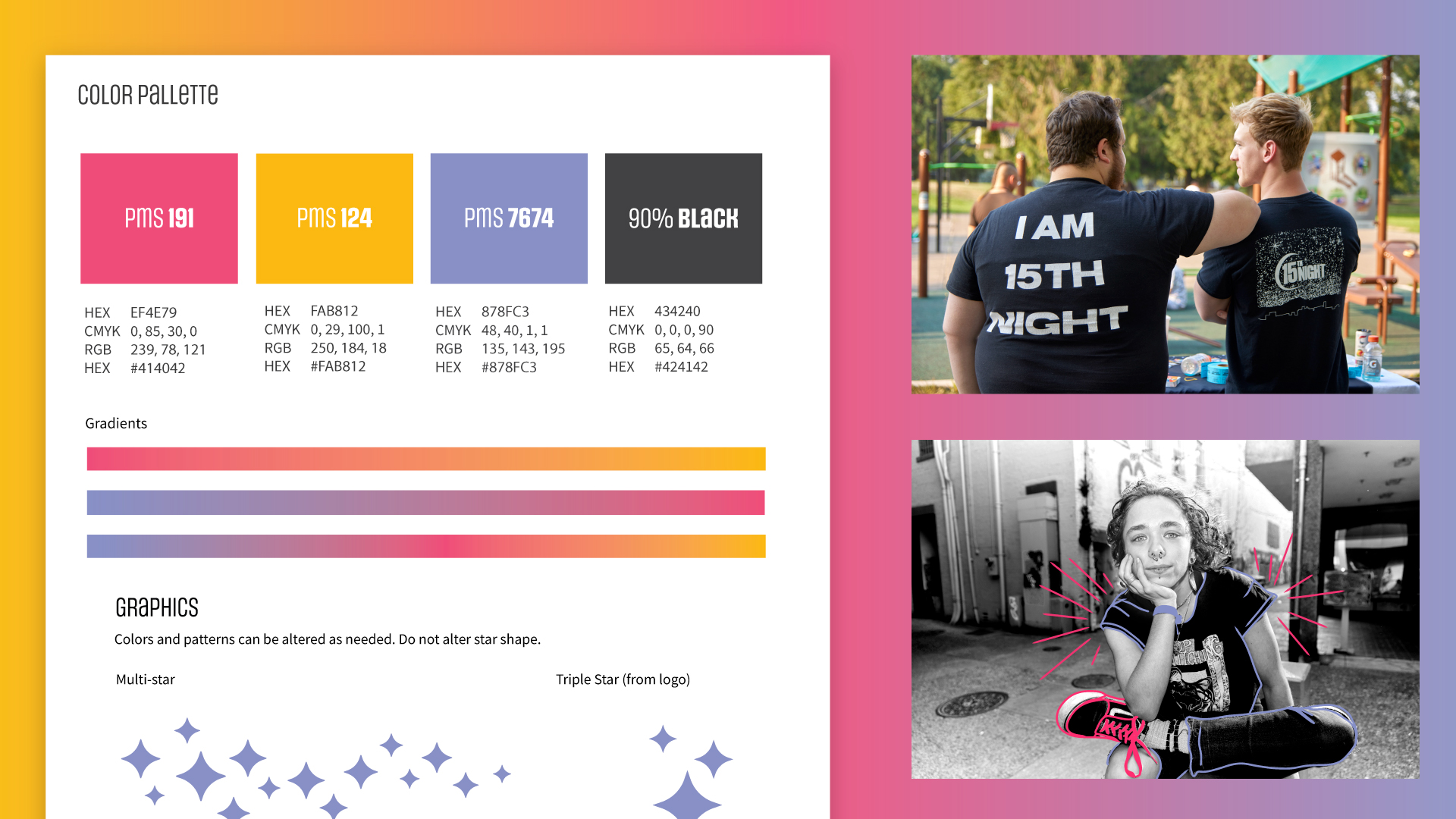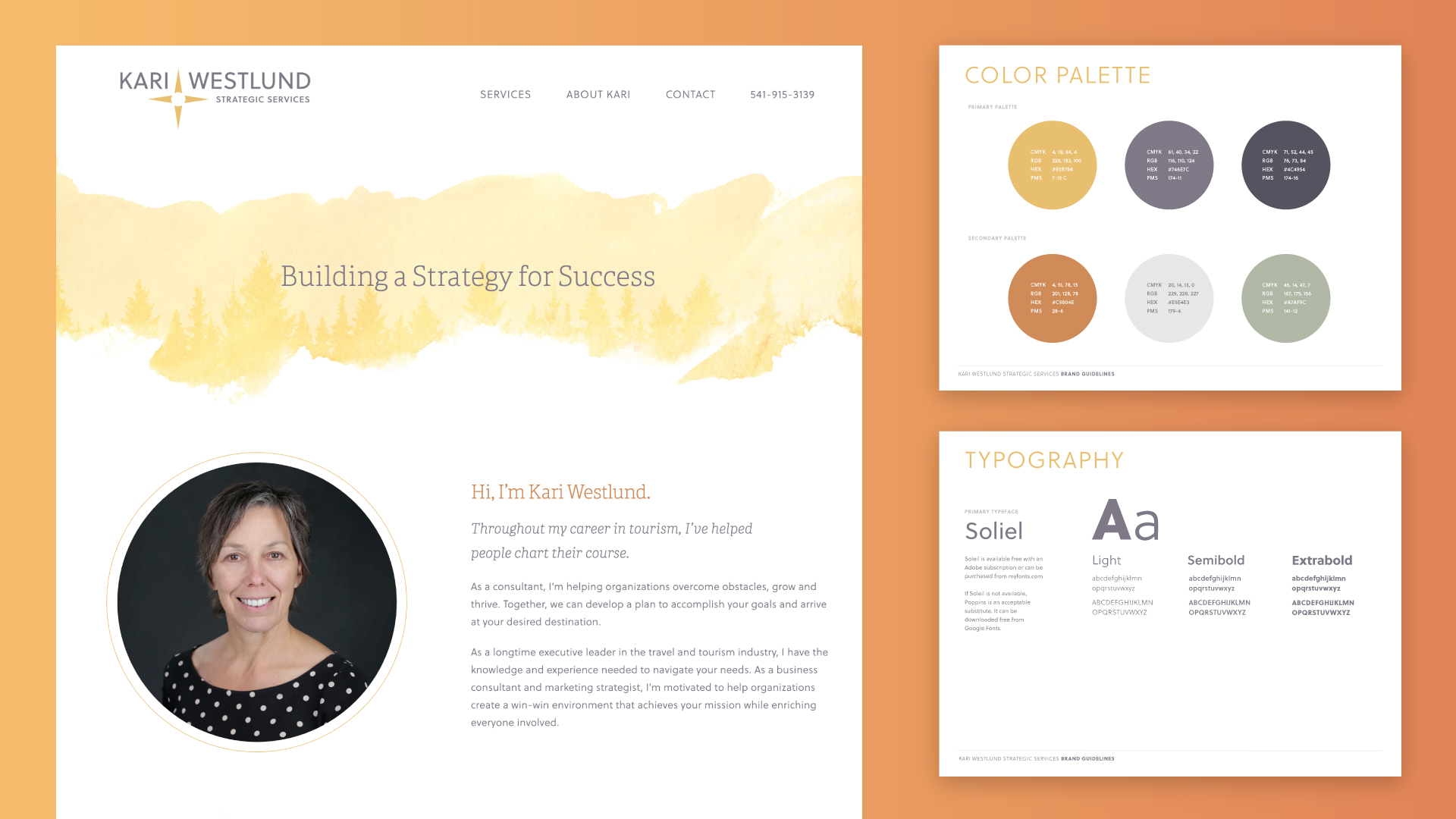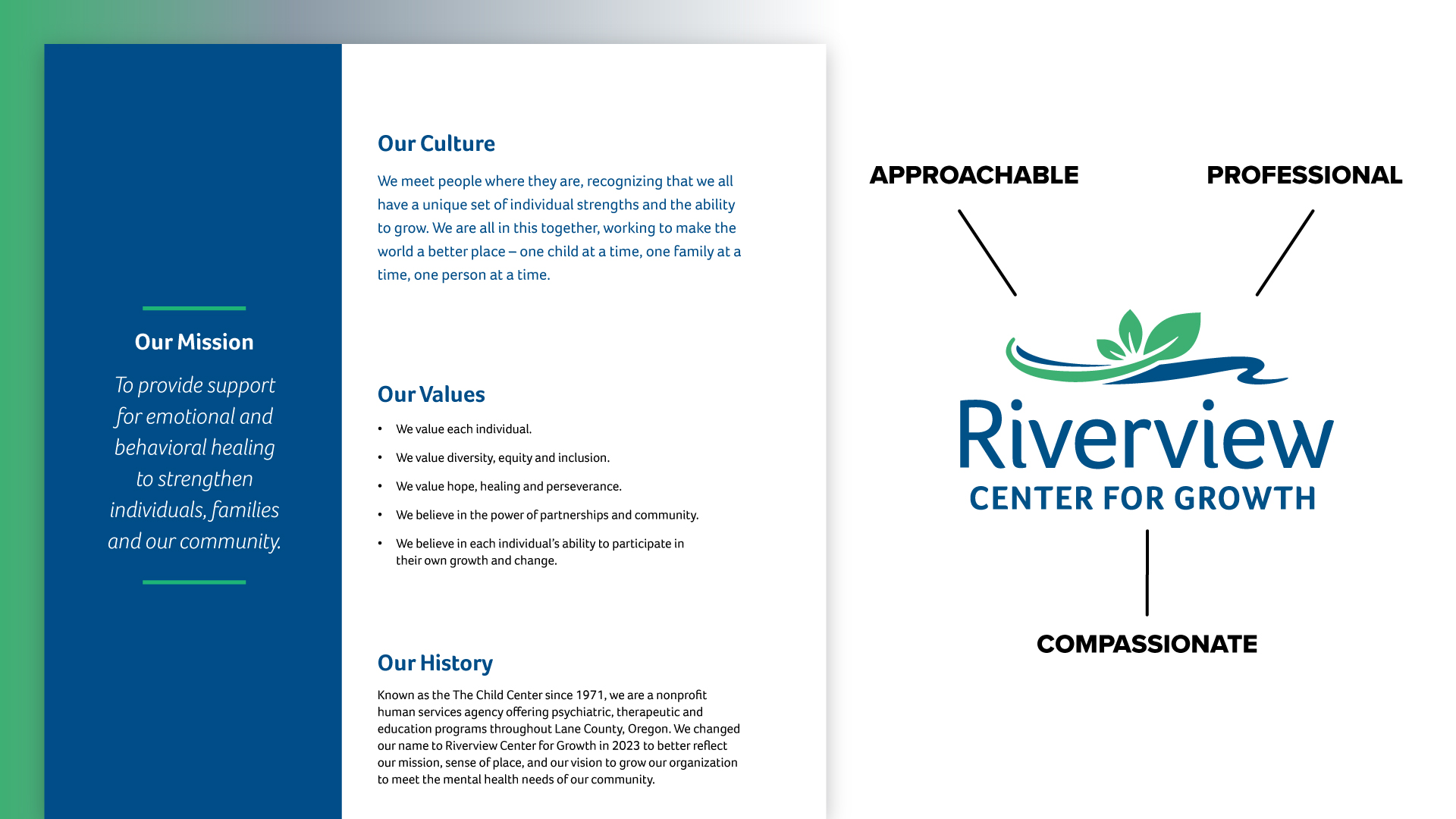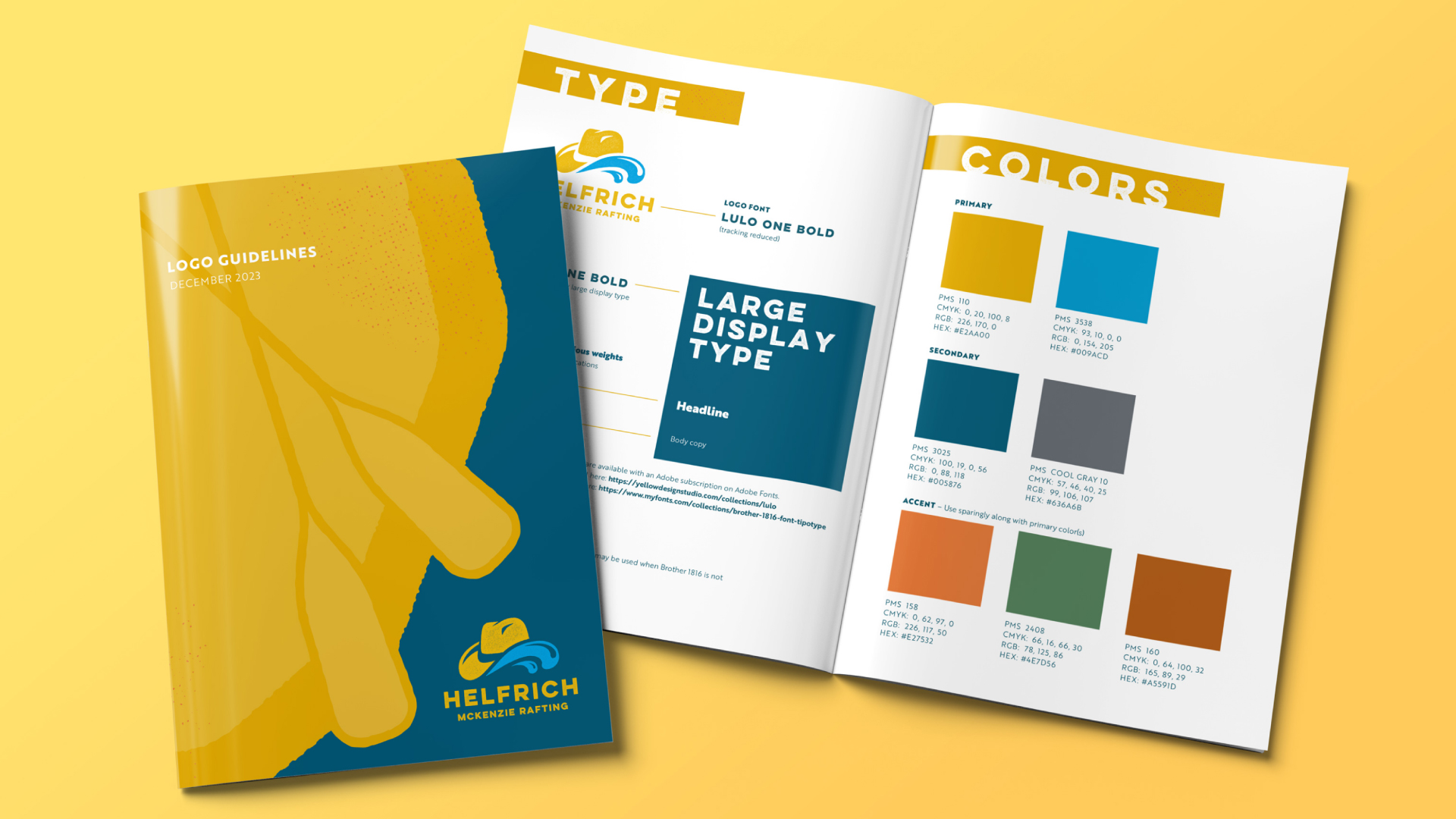Services
How the Right Brand Can Help Your Small Business Succeed
December 16, 2024
Think of a few brands. What comes to mind? Maybe it’s some of the world’s most famous companies, or maybe it’s the local shop you frequent or even the restaurant you visit on special occasions. When you think of the brand, you might refer to imagery, logos or colors, hear music, or possibly even feel some kind of emotional association.
That’s what a brand is all about: the feeling it conveys. And building a positive association is key to helping your business grow and succeed.
What are the Elements of a Brand?
Put simply, a brand is what sets your business apart from others. It helps set expectations and establishes what current and potential customers think of when they consider your company.
Together, things like a company name, logo, colors, shapes and overall presentation make up a brand identity. At its most effective, a brand identity includes setting a consistent organizational voice and tone. It embodies the emotions, values and experiences that customers identify with a company.
Is a Brand Important for a Small Business?
Branding is important, no matter the size of your business. Your brand influences not only new customers but can be a key part of growing customer relationships and attracting repeat business.
A brand builds and establishes trust among customers. When they feel confident in your brand, they’re more likely to engage with your company, become advocates and recommend your company to others.
Because of this, maintaining your brand is key to building customer loyalty and continuing to meet or exceed expectations while delivering consistent quality.
A strong brand improves the efficiency of your marketing efforts and even makes new product launches easier to bring to market.
Developing an Emotional Connection
Branding helps develop an emotional connection with your customers when your values align and can enhance the overall value of your company. It can also affect your company internally. Having a brand that employees can be proud of can motivate employees to grow with the company and help it succeed.
Your Company Story
When deciding on what you want to emphasize as part of your brand, a brand should tell the story of the business. How did you get started? What inspired you? Where are you going? Have there been setbacks or things your company has overcome? Sharing that authentic truth can help you connect with customers and clients and create emotional connections.
Emotional connections are made through storytelling that’s consistent, relatable and true to the brand – ultimately, making the customer and those who work for the company feel understood and valued.
To tell your brand story, you need to set the stage and introduce the main characters – this might be your company founders, for example. Describe who, when and where. Chronicle the crux or problem that led to the company’s creation – what were the founders trying to solve or accomplish? What were the obstacles? How has the company succeeded?
You can document your story and share it in a variety of ways – through words, design, photography and even the music you chose. Not only should your brand narrative be unique, but it should also be consistent. You can customize your story for different channels and platforms, but stay true to the original story.
Your Company Values
You want your brand to reflect your company values, purpose and personality. What’s most important to you. How do your values support your company mission?
For example, if community is important, part of your company culture might be actively supporting your community in ways that align with your organizational values. How you choose to serve customers will also have an effect. Is it easy for customers to find help if they need it, and do you stand behind your products?
Evaluating Your Brand
What do you like and dislike about your current brand? What would you like to change?
In brief, here are a few key questions to consider when thinking about your brand:
- What do you want your audience to know is unique to you?
- What differentiates your business from key competitors?
- What would you like the tone of your brand voice to be? For example, do you see it as more traditional or more modern? More fun or more serious?
- What are some brands that you’re loyal to and why?
Target Audience
Think about your audience. Do you know who you are trying to connect with and what motivates them? Do you understand your audience demographic, such as age, income and core values? Understanding your audience helps you know how best to reach them and develop an effective strategy to appeal to them.
Knowing your audience will help you determine where to interact with your customers. What marketing channels do you currently use? Social media, email or broadcast TV? And which specific platforms should you be using to reach your target audience? YouTube, Connected TV, MailChimp?
Consider a wide variety of options based on your audience, then hone your marketing strategy based on your goals, budget, reach and effectiveness.
Establish Brand Guidelines
Once your brand has been defined, a stylebook or similar reference detailing your brand guidelines can help ensure consistent messaging across all platforms, including advertising and social media. It should detail chosen colors, typography, tone and company voice, among other details.
Of course, a professional marketing firm can help your company redefine and expand your brand to better meet the goals of your company and match your audience. Contact us to get the process started!
You might also like…
Subscribe to Talkin’ Turquoise













